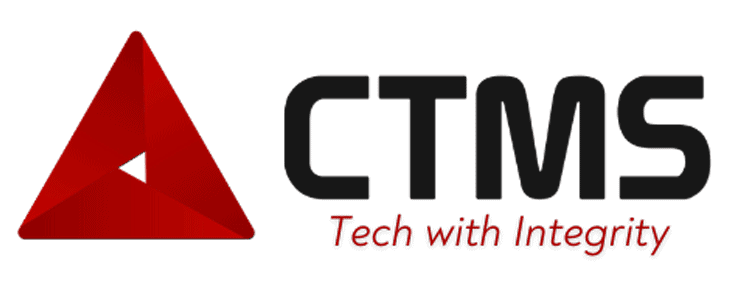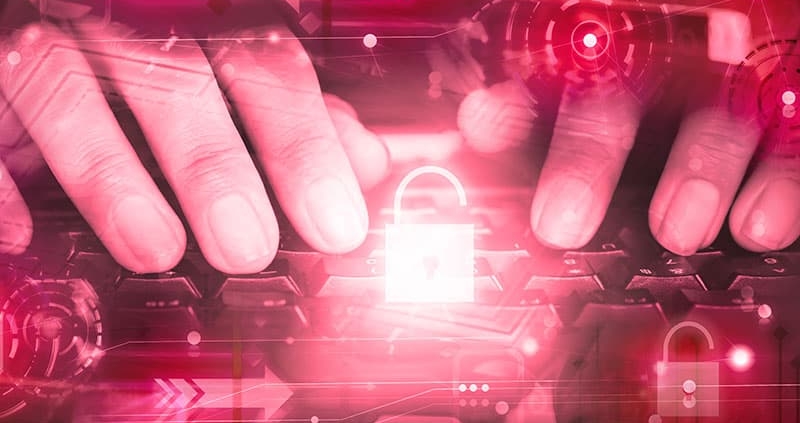7 of the Most Dangerous Cyberatta...
When it comes to cybersecurity, there are several critical hazards that can devastate your network. It doesn’t matter if you own a small startup company or run a corporate empire, you need to take proactive measures to protect your company from these threats. In this blog, we’re going to discuss what makes these risks so dangerous and how you can prevent them from infecting your system.
Cybersecurity’s Most Dangerous Threats
Disaster is inevitable, especially with the rising importance of internet use. While the internet is a valuable network of information, it can quickly transform into a dangerous battlefield. Cyber disasters can strike from nearly any angle at any point in time. If you find yourself in a cross-fire of cyber dangers, then you may be at risk of losing some of your most valuable assets including passwords, business plans, financial information, and any other form of sensitive data.
In order to keep your network unscathed, it’s important to educate yourself on these critical cyber hazards:
Denial-of-Service (DOS)
Did you know that your website has certain capacity limits? While it’s important to generate a lot of traffic to your site, there is such a thing as too much traffic. If there are too many visitors entering the same webpage simultaneously, the site can get overwhelmed and be forced to shut down abruptly. Most of the time, these issues will stem from denial-of-service (DoS) attacks.
DoS attacks are when a hacker sends several requests to a target server. The influx of illegitimate requests forces the server to process and try to authenticate the requestor, overwhelming the system. As a result, this blocks users from making service requests online.
Another version of this kind of attack is the distributed denial of service (DDoS) attack. While the goal is the same, the attack is done slightly differently. Instead of the hacker sending fraudulent requests from their system, they instead get the help of multiple malware-infected devices to spam requests.
Phishing
What would you do if you got a random email from the CEO of your company? Chances are that you’d probably open it with a sense of panic, confusion, and urgency. That’s the intent of phishing scams. In this type of social engineering attack, hackers pose as high-authority figures or trustworthy businesses in order to reel in vulnerable users.
If you get a suspicious email from your boss, a financial institution, or some other entity, be careful when opening it. The scam may contain some type of manipulative call to action (CTA) asking you to click on a link or download a file. More than likely, these are just malware traps aimed at infecting your network. Up to 75% of organizations around the world experienced a phishing attack in 2020.
The best way to avoid phishing is to set up filters for your inbox that can automatically flag suspicious email. In some cases, these messages can make it past your filter, requiring you to do the hard work yourself. If you think a message is suspicious, ask your IT help desk to investigate. You can also look out for telltale signs like spelling mistakes in the address and text or CTAs to follow a link or download a file.
Man-in-the-Middle (MitM)
Man-in-the-Middle (MitM) attacks occur when communication between two users is intercepted by an unauthorized third-party. When this type of cryptography takes place, attackers gain the ability to access information shared in what appears to be a private conversation. What makes matters worse is users are led to believe that the attacker is actually a trusted agent who is supposed to relay information to the right source.
Instead, the “man-in-the-middle” is really just eavesdropping and collecting sensitive data that they deem valuable for their own personal gain. Once the hacker confiscates this information, chances are that it won’t ever reach the person on the other end of your conversation.
The unfortunate truth about MitM attacks is they’re difficult to detect. Unless you’re actively looking into your communications to see if anything was intercepted, a MitM attack can remain unnoticed until it’s too late. Setting up tamper protection software can help deter this type of attack.
Malware
Malware is an umbrella term that refers to all types of malicious software meant to hurt or exploit a computer system. Depending on the type of malware and what’s infected, a hacker can gain full control of your network. This means they have the power to take possession of your most confidential assets.
Here’s a list of some types of malware:
- Ransomware
- Trojan horse programs
- Computer viruses
- Spyware
- Rootkits
- Logic bombs
- Worms
- Droppers
Birthday Messages
This isn’t your annual “happy birthday” message from your grandparents. This is something dangerous with some of the most severe consequences. These manipulative algorithms are all over the web and appear as a result of a message digest (MD)—a defective hash function. Birthday message attacks appear in the form of questionnaires that are conducted by hackers. Victims are tricked into submitting important sets of data to the hacker, which gives them what they need to take control of your network.
Drive-By Attacks
Have you ever thought of how malware gets planted onto a website? It’s not the same way as a traditional malware attack. If your website is crawling with viruses, then chances are, you were hit by a drive-by attack.
During drive-by attacks, hackers insert malicious scripts into the HTTP code on certain webpages. These scripts are malware traps that are instantly activated when visitors arrive on that particular page. Drive-by attacks can be triggered by practically any web-based activity, so in order to prevent them, you need to keep the number of plug-ins on your computer at a minimum.
Brute-Force Attacks
Passwords can be easily stolen with brute-force attacks, which refers to when hackers try guessing your password as many times as possible to take possession of it. This can be accomplished if your passwords are encrypted. In order to prevent outsiders from cracking into your network, it’s important that you use strong passwords, multi-factor authentication, and an account lockout system.
Call CTMS To Mitigate the Risk of Emerging Threats
When it comes to cybersecurity, there’s no one better to have in your corner than Computer Technology Management Services. We’re here to ensure that your network is left unharmed from any and all cyberthreats. Schedule a free security evaluation with the CTMS team today.


